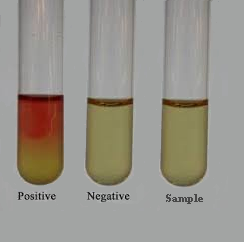
This type of control is a parallel of the experiment, except no changes are made to any of the independent variables. This baseline data can be compared to the experimental data to see the relative effect (if any) of the independent variable(s) on the dependent variable. The three main types of controls are positive, negative, and experimental controls.Ī positive control is something known to produce a positive result and will often be included (especially for diagnostic tests) to ensure that a negative result is not due to experimental or reaction failure.Ī negative control is something known to produce a negative result and will often be included to ensure that a positive result is truly positive and not due to contamination or other interference.Įxperimental controls (or “control groups”) are used in controlled experiments to acquire baseline data. Different types of experiments may require different types of controls, depending on the testing procedures.

Controls are used for a point of reference and they are often safeguards against internal factors that may influence the outcome of an experiment. ControlsĬontrols are the components and conditions that are known and kept constant during an experiment.

Multiple independent variables can be changed if you are interested determining a combined effect. There are typically many independent and dependent variables to consider when performing an experiment, but it is often best to alter only one independent variable at a time to accurately gauge the effect of that variable on the dependent variable. Independent variables are factors that can be intentionally changed and their impact can be measured on the dependent variable.ĭependent variables are the outcomes or what happens as a result of the independent variable(s). There are both independent variables and dependent variables. Variables are the conditions and components that are changeable and controllable during an experiment.

There are two important components to be considered: variables and controls. Proper experimental design is critical for obtaining usable, reliable, and applicable data. The best way to test a hypothesis is through controlled, systematic, and reproducible experiments.


 0 kommentar(er)
0 kommentar(er)
